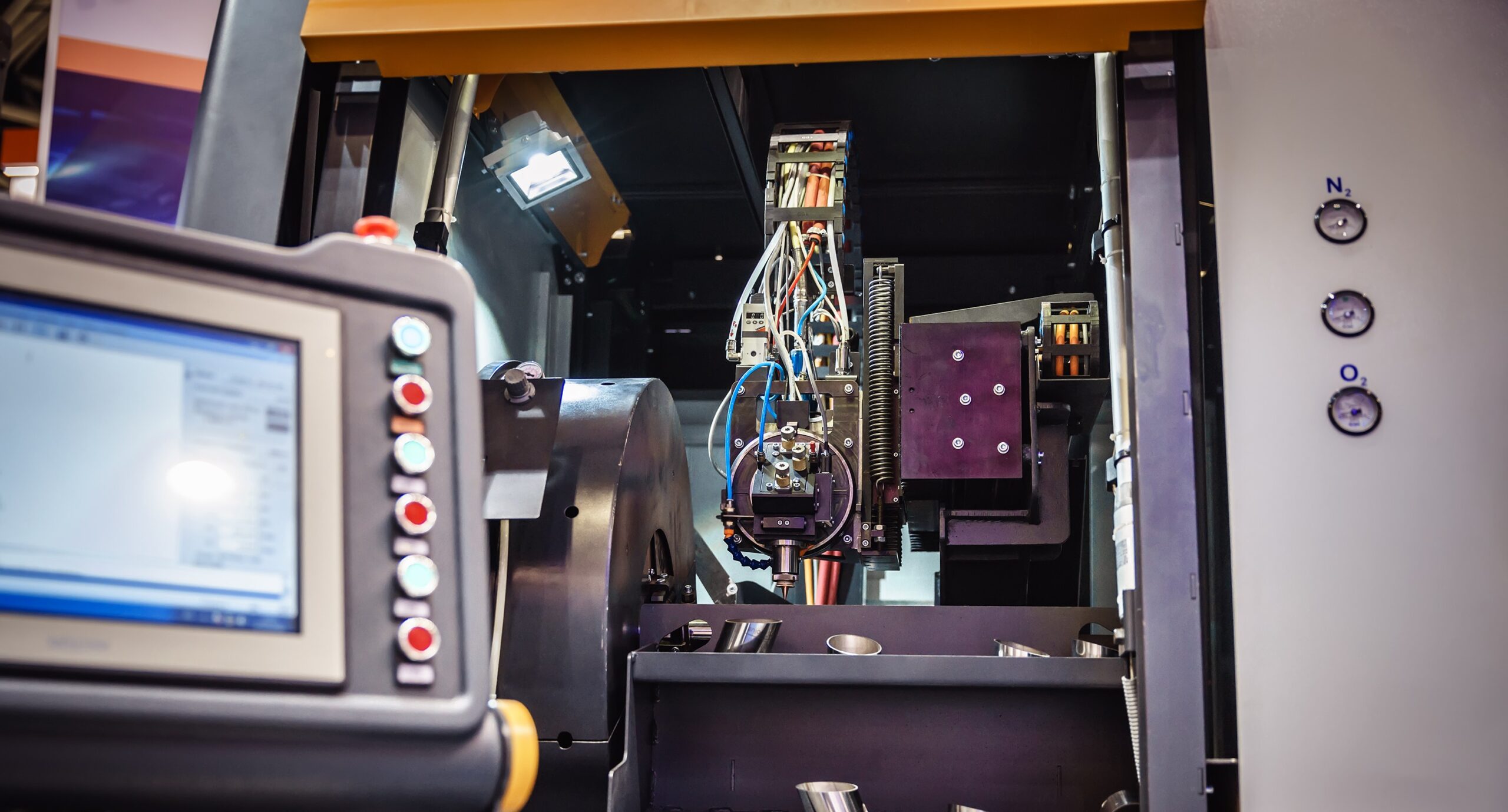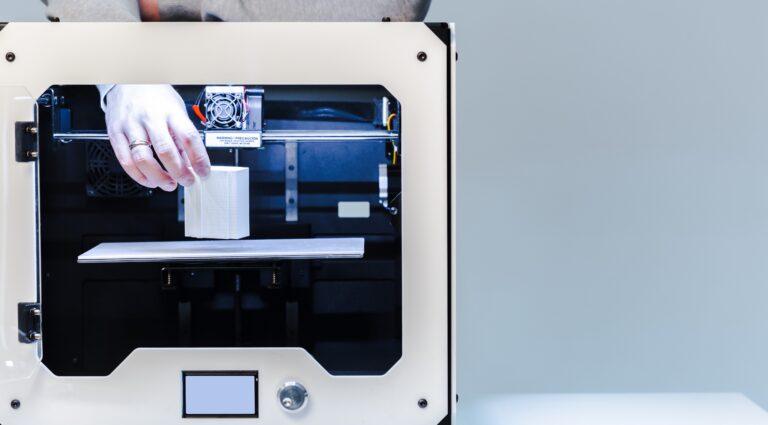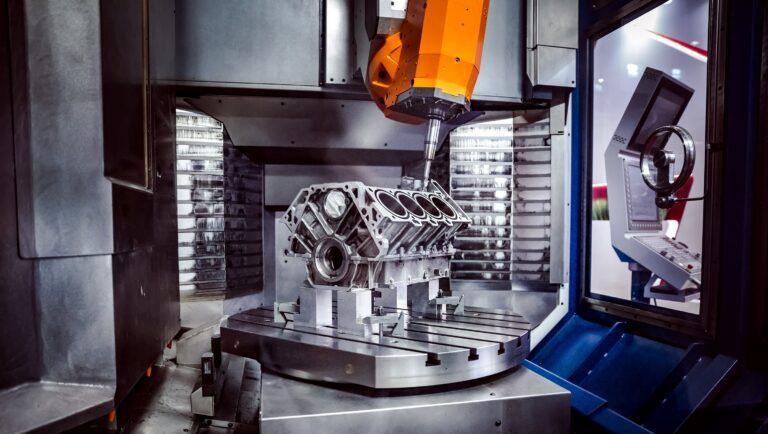At the heart of modern digital manufacturing is a language that is rarely mentioned outside of technical environments, but is essential for transforming digital models into physical objects: G-code. This set of instructions is the link between the digital design and the precise movement of machines, from CNC milling machines to the most advanced 3D printers.
Although invisible to the end user, the G-code allows ideas to be materialized with millimeter precision, controlling parameters such as trajectory, speed, temperature or amount of material to be applied or removed.
In this article we explore its function, its evolution and its key role in both subtractive and additive manufacturing.
What is G-code and how does it work?
G-code (short for Geometric Code) is a programming language used to give instructions to CNC machines and digital manufacturing devices. Each line of code indicates a specific action: move an axis, initiate spindle rotation, extrude material, change tool, among many others.
For example, line G01 X50 Y20 F300 commands a machine to move in a straight line (G01) to position X=50 and Y=20 with a feed rate of 300 mm/minute. This type of command, although simple, is part of complex sequences that guide the manufacturing process with total precision.
G-code is usually generated from CAM software (for CNC machining) or a slicer (for 3D printing), which translates 3D designs created in CAD programs into machine-understandable instructions.
Advantages of G-code in digital manufacturing environments
The use of G-code brings a number of key benefits to industrial and prototyping processes:
- Widely adopted standard: Compatibility with most CNC machines and 3D printers facilitates interoperability and integration between software and hardware.
- Accuracy and repeatability: Allows the production of accurate parts in multiple cycles, essential in mass production.
- Advanced customization: Expert users can manually edit the code to optimize processes or make fine adjustments in real time.
- Transparency and traceability: Each line of G-code represents a specific action, allowing processes to be analyzed, audited or corrected in technical detail.
In addition, recent advances in simulation and visualization of G-code allow errors to be predicted before the actual process is executed, reducing time and costs associated with failures.
From CNC machining to 3D printing: one language, different purposes
In CNC manufacturing, G-code instructs tools such as milling machines, lathes or routers to remove material to obtain a desired shape. This subtractive process is based on traversing precise paths to ensure very tight tolerances.
In 3D printing, on the other hand, G-code is used in an additive process. Starting from a 3D file (such as STL), the slicer software divides the model into layers and generates instructions for depositing the material layer by layer. Here, commands such as G1 X45.3 Y23.2 E0.45 indicate not only the movement of the nozzle, but also how much filament to extrude (E0.45).
Despite the fundamental differences between machining and 3D printing, both share the need to control movements and processes with extreme precision through G-code. In addition, this language allows parameters such as layer height, fill density or printing speed to be easily modified to improve quality or adapt to different materials.
G-code: solid present and evolving future
Despite more than 60 years of history, G-code is still essential in digital manufacturing. However, more intuitive or visual alternatives are beginning to appear, especially in closed or automated systems with simplified graphical interfaces.
Even so, in professional environments, mastering G-code is still a competitive advantage. Understanding how this language is generated, modified and interpreted is essential for engineers, designers, operators and makers who want to get the most out of their machines.
The trend points to a hybrid future: increasingly user-friendly interfaces that generate G-code automatically, but with the possibility of manual editing for those who want more precise control of the process.
At Proto&Go! we offer the best CNC machining and 3D printing service for your parts and prototypes. You can request your quotation through the form on our website in a quick and easy way.
What are you wating for? Request your quote now!





